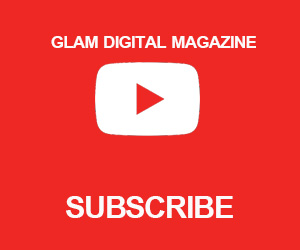Business
A World in Turmoil

‘A World in Turmoil’ conference, curated by the Pakistan Institute of International Affairs, brought together experts from various disciplines to explore the complex web of challenges facing the global community today. Dr. Masuma Hasan, Chairperson of PIIA, led the discourse, highlighting the turbulent state of global affairs and the urgent need for a new set of international norms.
Delving deeper, Dr. Hasan pointed out the challenges posed by transnational crimes, ongoing armed conflicts in various regions, and the looming spectre of nuclear threats. She also underscored the importance of addressing the environmental impact of unchecked fossil fuel consumption and the emerging risks associated with advancing technologies like Artificial Intelligence. Specialists on the subject also spoke of the complexities existing around the globe.
The event focused on the shifting power dynamics in the Asian countries with a focus on China’s diplomatic initiatives. The conference also touched upon the escalating crisis in Gaza and the broader implications for regional stability.
Business
Zafar Masud: A Journey of Survival, Leadership and Purpose in Life
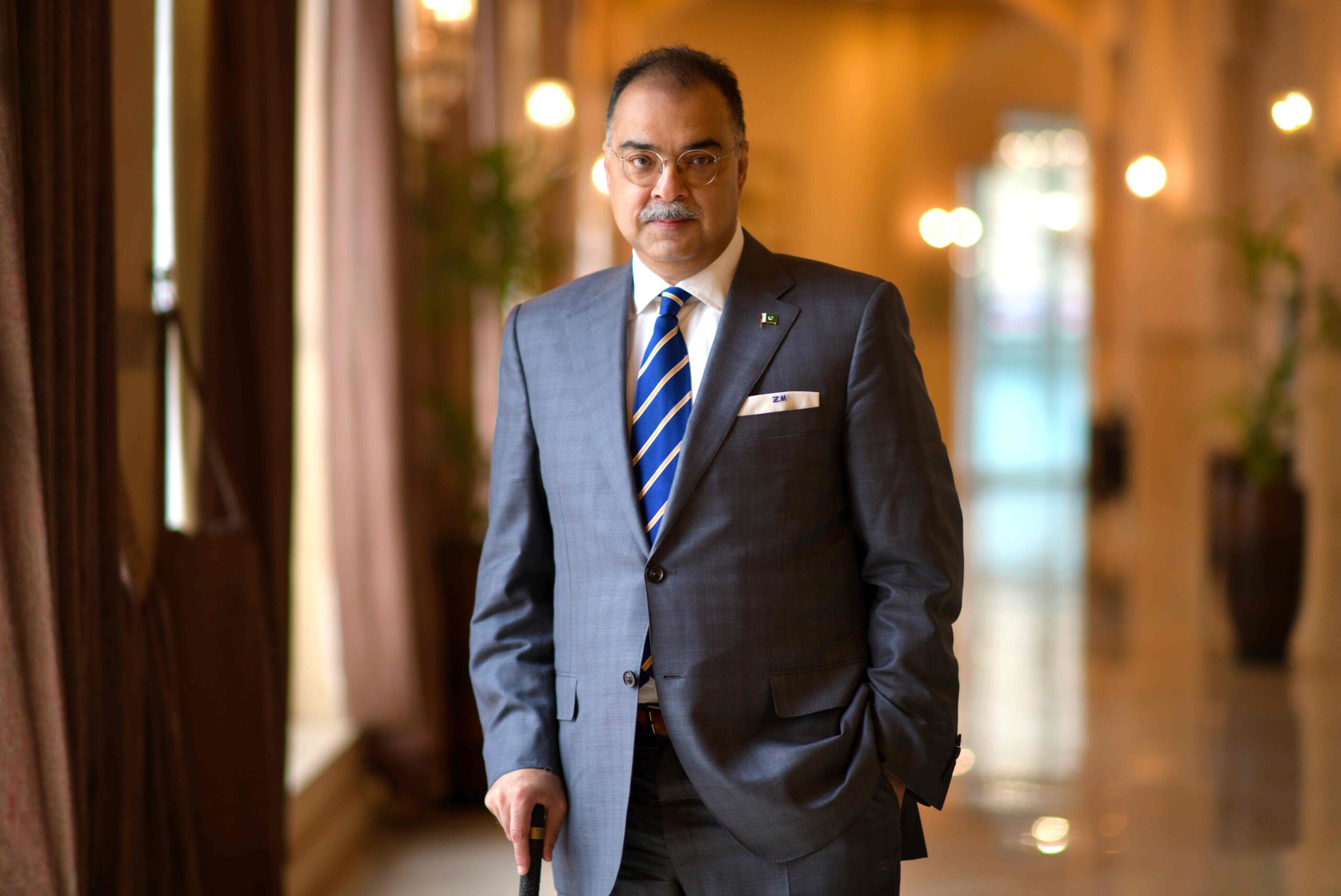
In a world where titles often overshadow truths, few stories remind us of what truly matters. One such story is that of Zafar Masud — a man who walked out of fire, not just to live, but to lead differently. Zafar Masud is not just the CEO of Bank of Punjab — he’s a symbol of resilience, purpose, and transformational leadership. One of two survivors of the tragic PIA PK-8303 crash, his story goes beyond survival. In this conversation, he reflects on how that journey shaped his leadership, his healing, and his legacy.
1. You belong to an illustrious, intellectual family and have a famous actor father. How has your background molded you?
Growing up in a family where ideas, culture, and public engagement were front and centre gave me a deep appreciation for both expression and responsibility. My father’s world was one of performance and presence – he taught me the importance of connecting with people beyond words. That doesn’t just apply to acting, it’s central to leadership too. You learn how to hold a room, how to listen, and how to bring your full self to difficult situations.
On the other side, my extended family was steeped in academia, law, and public service. Dinner conversations often revolved around governance, ethics, literature, and society. That environment shaped how I think: not just in terms of what’s effective, but what’s right. I was raised to question, to reflect, and to be deeply mindful of the world beyond myself. That blend – of emotional intelligence and intellectual curiosity – has stayed with me throughout my career, especially in the boardroom and during moments of crisis.
2. You became the head of a bank and went through a life-changing experience. How did surviving the PK-8303 crash change your perception of life, leadership and purpose?
Surviving the crash stripped everything down to the essentials. Before that moment, like most professionals, I was locked into outcomes, deliverables, targets – all important, no doubt. But the crash rewired my priorities. I realized how temporary everything is – your title, your plans, even your body. What remains is your intent and your impact.
As a leader, it made me more empathetic, more human. I started paying closer attention to the people behind the numbers – the families behind the accounts, the young staff members carrying hidden burdens. Leadership, I learned, isn’t about projecting strength; it’s about creating safety, meaning, and direction, even in uncertain times. And that shift – from success to significance – has stayed with me ever since. Purpose became more than just a strategic goal. It became a moral e compass. I started seeing institutions not just as financial engines, but as platforms for national development, for dignity, for inclusion.
3. Can you describe the moment after the crash?
In a word: surreal. There was confusion, pain, a strange stillness – and then a sudden, visceral awareness that I was alive. The world around me had been ripped apart, and yet there I was, conscious, breathing. I remember the heat, the silence, the smell of fuel and smoke. But above all, I remember a sense of stunned clarity. I knew this wasn’t just survival – it was a turning point. The question wasn’t “Why me?” but “What now?” And from that moment, everything – how I lived, how I led, how I thought – started to shift.
4. What inspired you to write Seat 1C? And what did you discover about yourself while writing it?
I didn’t set out to write a book. Seat 1C began as a personal attempt to make sense of the chaos. There was so much I was holding inside – fear, gratitude, questions about fate, systems, survival. Writing gave me a way to process it, and eventually, to share it.
But as I wrote, I realized this wasn’t just about a crash. It was about leadership, vulnerability, institutions, and how we deal with crisis in a society where systems are often brittle. I discovered that I had more to say – not just about what happened, but about what it meant.
What surprised me was how writing became a mirror. It brought to the surface parts of myself I hadn’t examined before – my coping mechanisms, my fears, my unfinished business with the past. And it taught me that telling the truth – even when it’s raw – can be a deeply healing and connective act.
5. From surviving the crash to writing Seat 1C, how did the healing journey begin?
The healing began when I stopped trying to “get back to normal.” I realized there was no going back. Something had shifted, and I needed to build forward from there. That required sitting with the discomfort — not bypassing it. I allowed myself to feel the weight of it all: the lives lost, the randomness of survival, the expectations that came with being one of the few who made it.
For a while, I leaned into solitude. But gradually, conversations with close friends and family helped. Writing helped. So did work – but only when it was rooted in purpose. The process of writing Seat 1C was pivotal. It gave form to my emotions and allowed me to reclaim the narrative from trauma.
Over time, I came to understand that healing isn’t linear. Some days you’re okay, some days you’re not. And that’s fine. What matters is learning to walk with the experience – not be defined by it. In doing so, I found not just recovery, but a renewed sense of clarity about who I am, why I lead, and what truly matters.
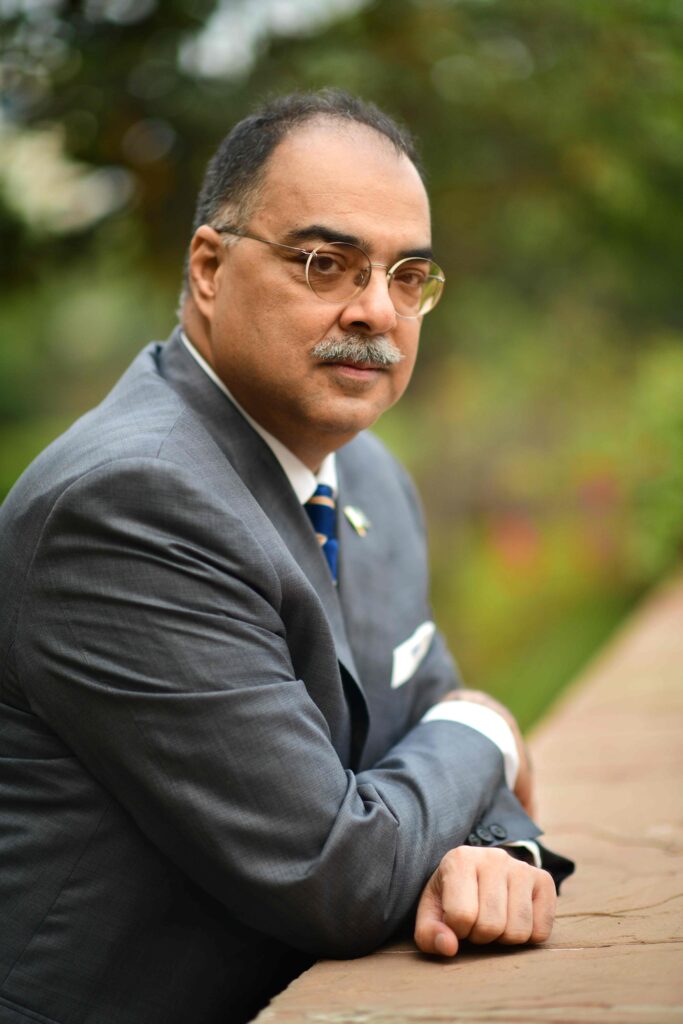
6. What was the hardest part — the physical recovery or the emotional weight?
The physical recovery was painful, but it followed a clear path – scans, surgeries, physiotherapy. There was structure to it. The emotional weight, though, was far more complex. You don’t realize it at first – you’re grateful to be alive, surrounded by well-wishers, back to work. But the trauma doesn’t vanish. It shows up quietly – in the pauses between meetings, in dreams, in your reactions to loud noises or sudden silences.
What made it harder was the public nature of it all. I was expected to bounce back, to lead, to set an example. And while I understood that, it sometimes meant shelving my own grief to play the role of the “resilient survivor.” That balancing act – between being a professional and being human – was the hardest part. Accepting that healing isn’t about being unbreakable, but about being honest with your scars, was a lesson I had to learn in the long run.
7. Is there a quote or line from the book that means the most to you?
There’s a line in Seat 1C that I come back to often:
“Survival isn’t a full stop; it’s a comma – a pause before a new sentence you never thought you’d write.”
That line encapsulates the heart of the book for me. Survival isn’t the end of the story. It’s a starting point, and one that carries its own burden. You don’t just move on – you move forward with the memory, the weight, the responsibility. That quote reminds me that life after crisis isn’t about erasure. It’s about integration – about making peace with the interruption and writing a new chapter, knowing the punctuation has changed.
8. When you took over the Bank of Punjab, what was your vision and where do you feel the bank stands today?
When I joined BOP, the vision was clear: to transform it from a legacy institution into a forward-looking, impact-driven bank – one that doesn’t just serve balance sheets but enables real economic mobility. We wanted to shift the conversation from transactional banking to transformational banking – rooted in transparency, technology and trust.
Today, I feel proud of how far we’ve come. We’ve institutionalized governance, cleaned up the balance sheet, and invested heavily in digital infrastructure. But more importantly, we’ve reoriented the bank’s soul. Whether it’s MSME financing, agricultural support, or our partnership with innovation ecosystems like NICL, the focus has been on catalyzing real, inclusive growth. There’s still work to be done, but the foundation is solid. The bank now stands as a credible, modern institution that plays offense, not defense – especially in an environment as volatile as Pakistan’s.
9. What’s your take on the current economic crisis in Pakistan, and how can banking institutions play a greater role?
Pakistan’s current crisis isn’t just fiscal – it’s structural. It’s about a persistent inability to convert potential into productivity. We’ve long depended on external lifelines while neglecting domestic competitiveness, innovation, and institutional depth.
Banks can no longer afford to be passive intermediaries. We need to move beyond lending against collateral to lending against ideas. That means rethinking risk, developing sectoral expertise, and partnering with the government in smart, targeted ways – not bailouts, but co-investment in infrastructure, agri-value chains, and digitization.
Financial institutions also need to democratize access. There’s a massive unbanked population and a trust deficit we have to address – especially among women, youth and informal businesses. Banks must become enablers of dignity, not just providers of capital. That requires product innovation, tech-driven outreach, and a shift in mindset – from gatekeepers to catalysts.
10. What legacy do you hope to leave in banking and in life?
In banking, I hope to leave behind institutions that are more than just profitable – institutions that are principled, progressive, and people-centered. If I’ve helped move the needle on governance, inclusion, and innovation, then I’ll consider that meaningful work.
But beyond banking, the legacy I hope for is simpler: that I showed up with integrity, that I used whatever platform I had – whether in a boardroom or in a book – to make people think, feel, and hopefully act a little differently. I want to be remembered not just for surviving a crash or running a bank, but for the way I tried to turn adversity into purpose, and systems into stories worth believing in.
At the end of the day, legacy isn’t about your name – it’s about the impact that quietly continues, long after you’ve stepped away.
Business
A Roadmap to Pakistan’s Economic Revival

In a country where conversations around economic reform often circle the same tired points, Super Pakistan emerges as a breath of fresh air—an unapologetically bold and visionary roadmap to economic revival. Packed with unconventional proposals and untapped possibilities, this book presents ideas that have never been discussed in Pakistan’s 75-year history. From Astro-tourism to futuristic universities, renaming cities to reimagining tax reforms, author Ilyas M. Zeeshan paints a compelling picture of what Pakistan could become: the 15th largest economy in the world within just five years, if a V-shaped economic growth model is adopted.
Mr. Zeeshan’s insights are anything but theoretical. Born and raised in Karachi, he earned his master’s in International Relations from Roosevelt University, Chicago in 1980, and later pursued an MBA from the same institution. He is a seasoned businessman, inventor and author of five books—including work on President Donald Trump—and has appeared on various radio and television platforms in the United States. With firsthand experience across several dozen countries, Mr. Zeeshan brings a unique global lens to Pakistan’s challenges and opportunities. Currently based in the suburbs of Washington, DC, he joins us for an exclusive conversation with Glam Magazine to share his transformative vision for a Super Pakistan.
- “Super Pakistan” is a bold title. What inspired you to write this book, and what is your vision of ‘super’ Pakistan?
“Super Pakistan” refers to the idea that a country’s economic size should match its population ranking. Pakistan is the fifth most populous country in the world. If and when its economy rises to the same level, it will justifiably be known as Super Pakistan. If we follow the roadmap in the book—and assuming there’s no major war or natural disaster—Pakistan can reach a one trillion dollar economy in five years and become the 15th largest economy in 10 years. Within a generation, it could be the 5th largest economy globally.
- Your book suggests enterprising ideas to boost Pakistan’s economy. Which one do you believe has the most realistic potential in the next five years?
First and foremost, we must drastically reduce unemployment. The way to do that is by teaching people to become entrepreneurs. The old model of going to school for sixteen years to earn above-average income is fading. Now, with the internet and YouTube, one can become productive in less than 16 months. I have explained this in Chapter Five: Triangle of Full Employment. I have even listed the top 20 skills that can be learned in less than a year. If someone knows English, they can be hired in Europe and beyond as independent service providers, working comfortably from home.
- As someone who explores ideas, how do you see the role of creativity and innovation in transforming a nation’s economy?
Innovation has no boundaries. Every product—tangible or intangible—can be improved. That’s the essence of Chapter Four: Innovation Nation. Anyone can learn to innovate. Age, background, or education doesn’t matter. I describe simple, actionable steps in the book. Even low-level innovation can help people build a niche, a competitive edge and dominate markets.
- You’ve proposed several fascinating ideas. Can you share some of the standout ones, which can help boost Pakistan’s economy?
Yes, I’ve suggested more than two dozen new ideas. Let’s explore a few:
Astro-Tourism: A new form of tourism that hasn’t been tapped. We don’t need advanced space programmes to participate. We can plan trips 30 kilometers above Earth near the Karman Line, where tourists could experience weightlessness for a few hours. It’s realistic, exciting, and can generate significant revenue. Europe, Russia, and China are selling their advance space travel trips for millions of dollars.
Super University: A world-class institution where Nobel Prize winners are visiting professors. It would teach futuristic subjects like nanotechnology, genomics, and cybersecurity—fields that will soon be as in-demand as AI. This would attract the children of millionaires and billionaires worldwide.
Reunification with Bangladesh: Politically bold, yes. But dialogue could start based on the Six Points of Sheikh Mujibur Rahman. Pakistan could offer a nuclear umbrella for Bangladesh’s security as a basis for discussions.
A Second Name for Pakistan: Countries have changed names to strengthen identity. A second name could boost Pakistan’s soft power, increase nationalism, and even reinforce our claim on the Koh-i-Noor.
Renaming Cities: Giving major cities new names rooted in culture and pride will create nostalgia and increase civic ownership.
Babri Masjid Replica: I propose constructing a replica on the historic route Babur took into the subcontinent. It could become a symbol and boost religious tourism, particularly from Muslim nations.
Redesign of Currency: A beautifully designed new currency note that foreigners would want to keep as a souvenir, showcasing art and pride.
Renaming Parliament Houses: Changing the names of both houses of parliament to Diwan-e-Aam and Diwan-e-Khas—terms deeply rooted in Mughal and South Asian history—would give a uniquely Pakistani imprint.
Q. What about political reforms? How do we ensure stability in governance?
Zeeshan: In Chapter Six, I suggest a framework where every Prime Minister can complete their full term. Stability is key for economic and social progress. I also propose reforms that make political parties disincentivized to incite violence. In Chapter Seven, I discuss a law that ensures violent processions are no longer in their interest. Additionally, I’ve proposed a strategy to make people pay taxes rapidly and willingly. It’s about rebuilding trust and delivering value.
- You hinted at a plan involving overseas Pakistanis and international startups. What’s that about?
I have a detailed and specific plan to launch three startup corporations in the United States with the support of overseas Pakistanis. These ventures involve highly unique concepts—ranging from traditional products to cutting-edge technology. The franchise potential is global, and the revenue could be in the hundreds of billions. The remittances from these companies can be reinvested in Pakistan’s high-tech industries, helping accelerate growth and innovation. While I can’t disclose all details publicly, interested overseas Pakistaniscan contact me directly on email.
Q. One of your closing thoughts in the book is about mindset. What exactly is the “semi-cyborg” mindset?
It’s time Pakistan says goodbye to Semi-Amish thinking—a reference to outdated, overly conservative, or anti-tech mindsets. We must embrace a semi-cyborg mindset: one that integrates tradition with futuristic thinking.
This means being tech-savvy, globally aware, and driven by innovation—a people ready to shape the future rather than be shaped by it.
- Lastly what message would you like to give especially to the young dreamers, thinkers and future change makers of Pakistan?
Pakistan doesn’t lack talent—it lacks direction and bold execution. Super Pakistan is not fiction. It’s a roadmap built with realistic, achievable ideas. If the youth, overseas Pakistanis, and policymakers come together with vision and determination, nothing can stop us from becoming a global powerhouse.
Contact details: [email protected]
Download the free E-book: www.superpakistan.us
Business
Faheem Khan: Innovating for Sustainability
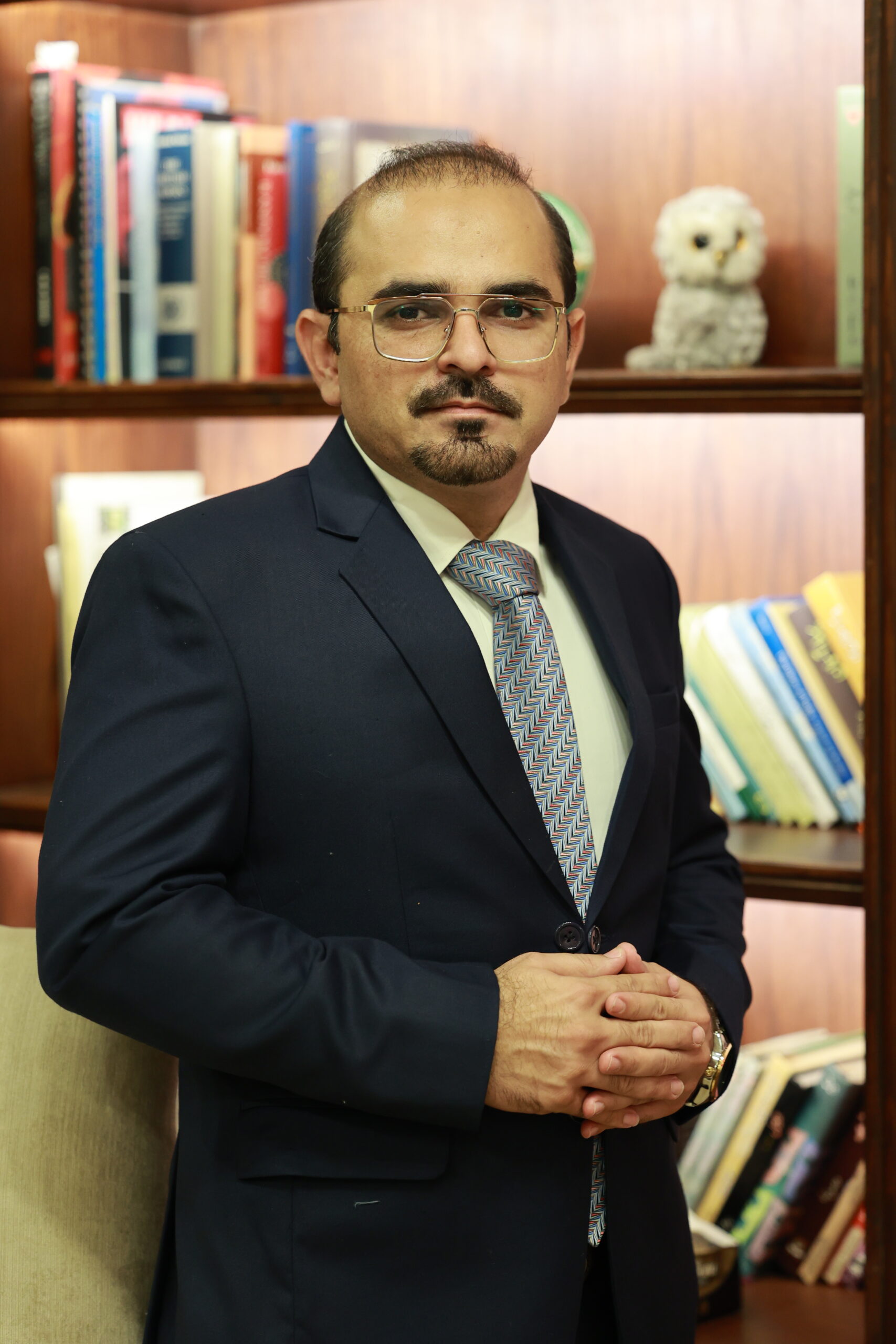
The Journey of Orient Plastcare Pakistan
In the ever-evolving world of plastic packaging, where sustainability and innovation often seem at odds, Orient Plastcare Pakistan has managed to carve a niche for itself. Spearheaded by Faheem Hameed, the company has become a leader in the plastic bottling industry mainly in pharmaceutical, catering to both national and international markets with a commitment to quality and eco-friendly practices.
Q1: What inspired you to establish Orient Plastcare Pakistan, and how does it differentiate itself from competitors in the plastic bottling industry?
A: Over the last 20 years, Pakistan’s plastic industry has grown tremendously. Before plastic became mainstream, materials like PVC and metal sheets were commonly used. What truly inspired us was the opportunity to create something unique by introducing highly precise machinery imported from Germany and Japan and molds imported from Qatar. These machines ensure unmatched precision and eliminate leakage problems, giving us a significant edge over competitors.
Our operations span across Karachi, Lahore, Islamabad, and Peshawar, with indirect exports to Russian and African states. The quality of our products is 100% pure and original, adhering to strict regulations. We work with 30–40 national and international clients, including renowned names like Sanofi, Adamjee, Nabi Qasim, Atco Laboratories, and Helix Pharma.
Q2: What have been some of the biggest challenges you faced in running this business, and how did you overcome them?
A: Living and working in Karachi is like fighting a war every day. The challenges have evolved over time, but inflation and the devaluation of currency remain our biggest hurdles. Importing raw materials and machinery has become extremely costly, making financial transactions challenging.
Moreover, the lack of reliable utilities such as electricity, gas and water creates additional obstacles. To counter these issues we’ve invested in alternate solutions like solar systems and inverters, which, while costly, help us maintain operations. Unfortunately, in Pakistan, you have to rely on yourself to survive and adapt.
Q3: Your company emphasizes high-tech and cost-effective packaging. How do you ensure continuous innovation in your product line?
A: There was a time when machinery from Japan, Germany, the USA and other European countries was dominant in the industry due to its exceptional quality and durability. However, these machines consume a lot of energy, and with Pakistan’s high electricity costs and unreliable supply, they’re no longer viable.
To ensure innovation and sustainability, we’ve transitioned to using machinery from China, Taiwan and Thailand. These machines are more energy-efficient and sustainable while still delivering quality, allowing us to maintain cost-effectiveness in our operations.
Q4: Plastic waste is a global concern. What measures has Orient Plastcare implemented to promote sustainability and eco-friendliness in its operations?
A: Sustainability is a key focus for us. Our cutting-edge machinery and high-quality molds ensure zero wastage during production. Additionally, our processes do not emit hazardous fumes, making them environmentally friendly. We are committed to minimizing our environmental impact while maintaining the highest standards of production quality.
Q5: What strategies have you employed to achieve a production capacity of 60,000 to 80,000 bottles per project?
A: The secret to scaling production lies in increasing the number of cavities in our molds. For example, if a 12-cavity mold produces 12 bottles in 30 seconds, upgrading to a 16-cavity mold increases output to 16 bottles in the same time frame. This method allows us to significantly increase production capacity while keeping costs under control.
Q6: How do you foresee the future demand for HDPE, LDPE, PP and PET products, and how is Orient Plastcare preparing for it?
A: These materials have been industry staples for over a century. However, advancements are underway, and new materials are currently in the research and development phase. These next-generation materials are expected to be more reliable and environmentally friendly and will likely enter the market by 2027 or 2028. We are closely monitoring these developments and preparing to adapt our operations accordingly.
Q7: What is your take on the current state of the plastic packaging industry in Pakistan, and how do you adapt to changing regulations and international standards in the pharmaceutical and food packaging industries?
A: Pakistan, being a third-world country, faces many regulatory challenges. To compete in international markets like the USA and UK, we need stricter regulations and SOPs. Currently, only a handful of companies in Pakistan are FDA-approved.
That said, industries like pharmaceuticals, meat and confectionery have made significant strides in exporting to Muslim countries by adhering to halal standards. With stricter regulations and improved practices, Pakistan has the potential to make a greater impact in global markets.
Q8: How do you build and maintain trust with pharmaceutical and biomedical clients who rely on your products for their packaging needs?
A: Trust is critical in our industry, especially when working with pharmaceutical clients. We undergo regular audits and inspections conducted quarterly or annually by our clients. These inspections cover every aspect of our operations, from production areas and warehouses to sanitary facilities and discharge areas. By maintaining transparency and adhering to strict standards, we ensure our clients’ trust and confidence.
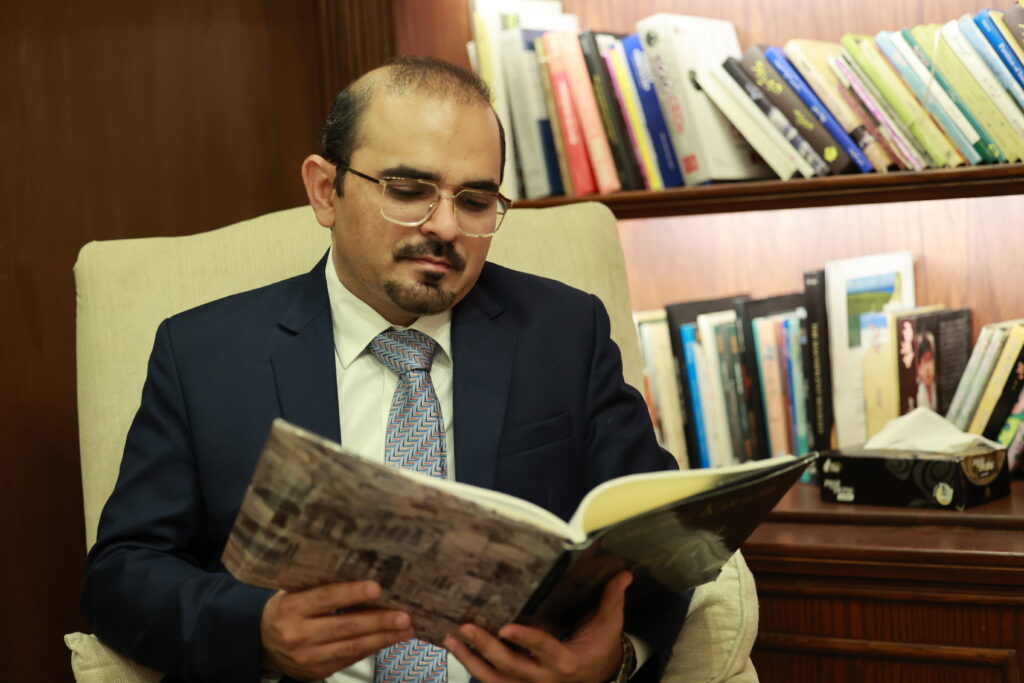
Q9: Are there any plans to expand Orient Plastcare’s product range or explore international markets? Where do you see the company in the next five to ten years?
A: Expansion is always on our radar. Over the next 5–10 years, we plan to open multiple offices across Pakistan and expand our footprint in international markets. Our mission is to introduce new products and innovations while continuing to provide the highest quality to our clients.
Q10: What advice would you give to young entrepreneurs who want to enter the manufacturing sector in Pakistan?
A: My advice to young entrepreneurs is simple: focus on production and manufacturing within your country. Given the current economic climate, importing products and reselling them has become extremely expensive. By manufacturing locally, you can not only sustain your business but also maintain healthy profit margins. Manufacturing offers stability, scalability, and the opportunity to compete on a global stage. It’s a rewarding field for those willing to invest their time and energy.
-
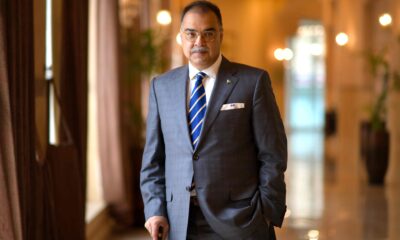
 Business2 months ago
Business2 months agoZafar Masud: A Journey of Survival, Leadership and Purpose in Life
-

 Entertainment2 months ago
Entertainment2 months agoHundan: Touching the Core of Humanity
-
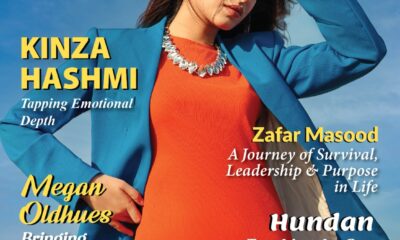
 Cover story2 months ago
Cover story2 months agoKinza Hashmi: Tapping Emotional Depth
-
Bright Side2 months ago
The Bright Side
-
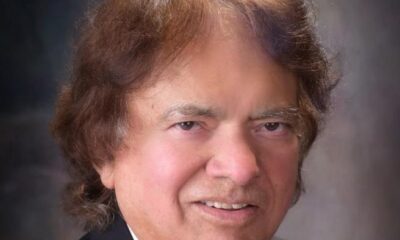
 Business2 months ago
Business2 months agoA Roadmap to Pakistan’s Economic Revival
-

 Travel2 months ago
Travel2 months agoRevisiting Karachi’s Interesting Places
-
Ramp Act2 months ago
Ramp Act
-
In Tune1 month ago
Faakhir Mehmood – Music Embedded in the Soul

